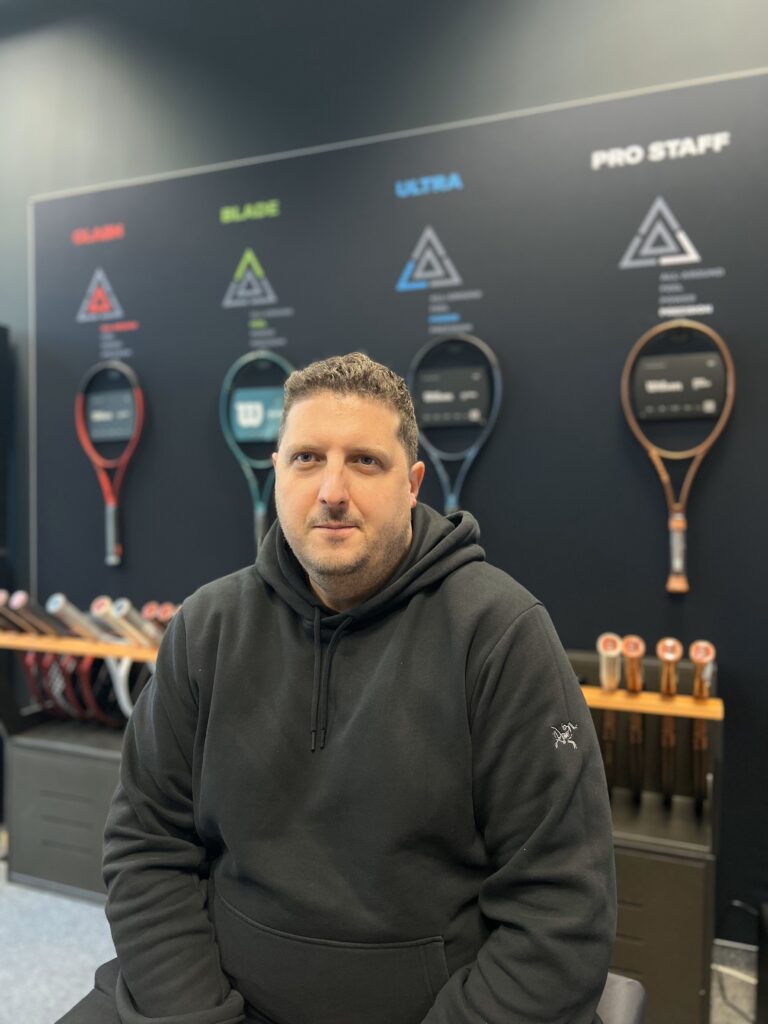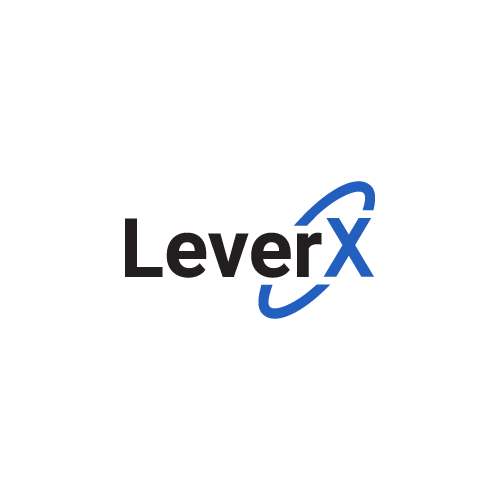Sven Novak, Director of Global Indirect Procurement, alongside Antonio Battista who was until recently the Global Head of Procurement Excellence, outlined the need for Amer Sports to transform indirect procurement operations in recent years. A global group of iconic sports and outdoor brands with a purpose to elevate the world through sport, the transformation was necessary to ensure each brand meets its own customers’ expectations, while keeping the wider group on track with strong sustainability targets in the years to come.
Hi Sven and Antonio. Amer Sports has a global reach, an abundance of leading sports brands and a history that stretches back decades. How would you introduce the company, bringing us to the modern day?
Indeed, Amer Sports has been in business for more than 70 years and has evolved to a global group of 11 sports and outdoor brands. These include the likes of Arc’teryx, Salomon, Wilson, Atomic and Peak Performance, confirming the company’s global influence and the journey which originally began during the rebuilding of Finland back in 1950.
Transformation is in the company’s DNA, later expanding into shipping operations, publishing and printing, before international acquisitions led the organisation into the manufacturing world with ice hockey equipment. This new focus on sport focused attentions in that area of outdoor leisure.
And the transformation continues today. The company’s focus on sports is stronger than ever, albeit with a new mindset which is built around consumer needs, sustainability and – where we come in (or used to come in, in Antonio’s case) – a fresh procurement model.
View this content in digital brochure format below
We will certainly come to this innovative and efficiency-driven procurement model. However, could you first confirm the broader operating model that now epitomises Amer Sports’ continuous improvement?
It’s all about putting brands in the forefront – encouraging autonomy in their own brand strategies and working closely with them to know which building blocks to put in place. Of course, these always align with group-level ambitions, but it’s important for our brands to cut through category siloes and ensure they are meeting their own specific customers’ needs.

Where the group comes in is to focus on overall strategic guidance and governance for brands, while also taking a bigger-picture overview of potential scaling opportunities or synergies to explore. Support services are brand-neutral to provide bespoke commercial guidance, support each brand’s growth, and to reach their respective potentials.
It’s important to have this clear way of working so there is never an overlap in responsibility or accountability, and so each brand is working with clear definitions of specs and service level expectations.
And finally, to set the scene, how would you describe Amer Sports’ purpose and values when it comes to both customer and brand fulfilment?
We boil it down to four values. First is to always be authentic as that’s the only way to guarantee trust with brands who depend on our decisions and group operations.
This leads into a belief that we’re better together, taking diverse expertise and making the most of it. We are also committed to impact, always keeping an eye on what’s up ahead and considering people and the planet in our decisions.
And the fourth value is that the company is driven to excellence – playing fair, aiming for excellence and celebrating wins.
All of these are overarched by a purpose to elevate the world through sport. Each of the four values are quite critical right now, and especially in the context of a quite drastic, recent, procurement transformation.
Content Sponsor: LeverX
Absolutely, and that leads nicely to an introduction of what it is you’ve been embarking on across procurement in recent years…
In a sentence, Amer Sports has been on an indirect procurement journey. As you can imagine, with so many products and services across the brand portfolio, this implicates many suppliers and stakeholders, and we realised digital intervention would be vital to keep up with the change of pace.
It has been an exciting journey so far that can perhaps be defined by three main solutions that we have introduced to make our indirect procurement activities more seamless, efficient and user friendly.
These three areas span sourcing and delegated procurement courtesy of Mercanis; procure-to-pay via SAP Ariba; and category management thanks to Cirtuo.
I guess it makes sense to take us back to explain the timeline of progress so far?
Well, from a digital integration perspective, it would perhaps be better to pick up the journey in 2022 when the first team members joined our newly professionalised indirect procurement function.
Our global indirect procurement journey was propelled from that, as mere months later the indirect procurement intranet pages went live internally, and this is where some of our solutions and key digital service providers began to integrate the new-look infrastructure.
First came Amazon Business to manage our tail spend in a more effective manner, building up to a critical moment later in the year when the Global Indirect Procurement policy came officially into effect. Emphasising the speed of implementation and the success of all preparatory work that had gone before this period, our team’s first calendar year ended with a strong level of sourcing projects and subsequent savings – figures that have only improved over the course of 2023, and that will be even stronger this year.
Over the course of 2023, all brand category managers were onboarded with this new way of working, business travel was incorporated into the new suite via TravelPerk, and the Global Indirect Procurement policy e-learning was launched. More recently, in the past few months, Cirtuo has gone live with its category management tool to help with analysis and strategising. Finally, SAP Ariba has come online in 2023 to elevate our spend management activities ahead of another exciting year in 2024.
I’m intrigued by how these new tools are decided upon and assessed, and indeed the delegated procurement side of things; but it would also be great to get a bit of perspective on how this transformation has occurred from an internal perspective?
Yes, this is where the journey does go back four years. It started with heavy due diligence and consulting assessments to see quite how much time and money would be saved by professionalising indirect procurement. Little more than a year later, the decision to create an internal indirect procurement department was confirmed after realising through our due diligence that substantial savings would be possible.
It was then important to decide on the operating model between brands and group as discussed earlier, so everyone was reading from the same page; and then to discuss how the department should be set up as a result.
Once this was decided, the new team started in 2022 as mentioned, the consultancy support we had been receiving stepped aside, and the new way of working began.
And I understand you’ve altered the way procurement tools are assessed in keeping with this new way of working and new model?
Yes, a formal assessment on procurement tools has been launched to help identify major issues and to work on potential solutions accordingly.
To explain, it begins with identifying a problem, pinpointing possible solutions and evaluating the pros and cons of each, analysing each’s impact on current processes, estimating the level of effort and cost required for integration against the time and money that would be saved on the other side of its implementation, before validating and including as part of our optimised ‘ToBe’ framework. Within this framework we can analyse each solution with external partners, and also weigh up how it fits in the overall procurement landscape – a landscape that must always remain coherent within procurement strategy and the new look policy.
Ultimately, the assessment seeks to prove which issues need addressing, where improvement can be achieved, and how each proposed solution would integrate alongside our other new functionalities.
The final solution you mentioned earlier but haven’t touched upon yet is Mercanis’ delegated procurement proposition? What have been the benefits of this particular step change?
I think you can pinpoint the benefits in five different areas. First it has helped us to focus more on strategic procurement, which has inevitably been crucial given the wider transformation journey we’ve been on. It has also helped us to improve productivity, which again aligns with the broader aims of the group and all of our brands of course.
However, beyond that, it has been a huge benefit to our sustainability missions. The three benefits here being to reduce resource usage, to implement more of a greenfield model, and to – ultimately – make our organisation more efficient. Delegated procurement thanks to the solution provided by Mercanis is pivotal to our indirect procurement journey and the evolution of Amer Sports as a forward-thinking organisation committed to sustainability.
Critical to your recent success and transformation has been the renewed group structure as well as the introduction of LeverX?
Absolutely. Their flexibility and technical background have been instrumental to our recent successes. Of course, they are also a key partner of SAP Ariba, which allows us to optimise our use of this solution.
From a structure perspective, our steering committee and core team now have a strong balance of Amer Sports and LeverX personnel representing at each rung of the ladder. This includes collaborative representation in areas of the steering committee itself, project lead positions, process and transformation strategising, technical and IT divisions, content management and – vitally, given the past few years – change management.
LeverX’s role in our ongoing development can’t be overstated. And as far as that latter change management aspect goes, they are aligned with our key focus on sustainability.
Again, it is this reliance on strong partnerships, while remaining to our values and purpose that have helped drive our Global Indirect Procurement transformation, and that will continue to do so over the course of a successful 2024, and beyond.


